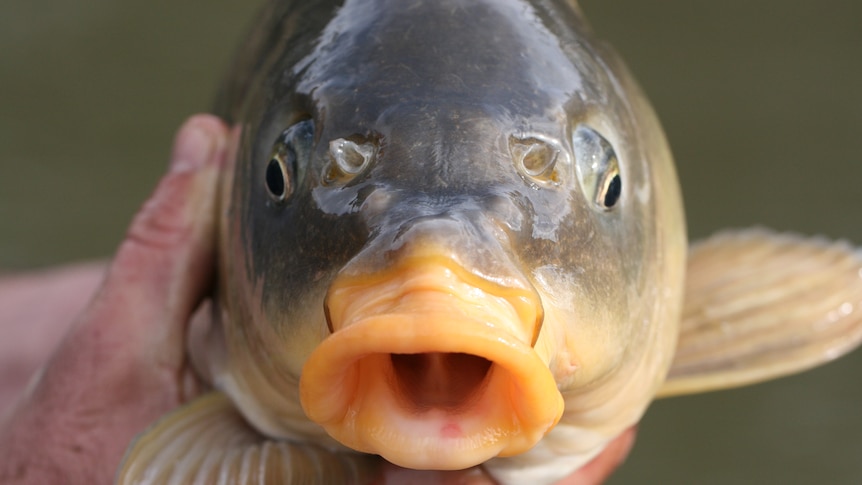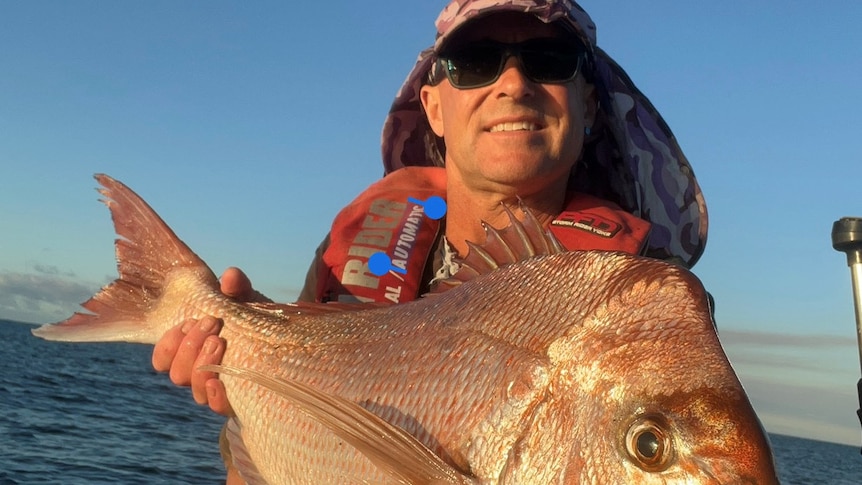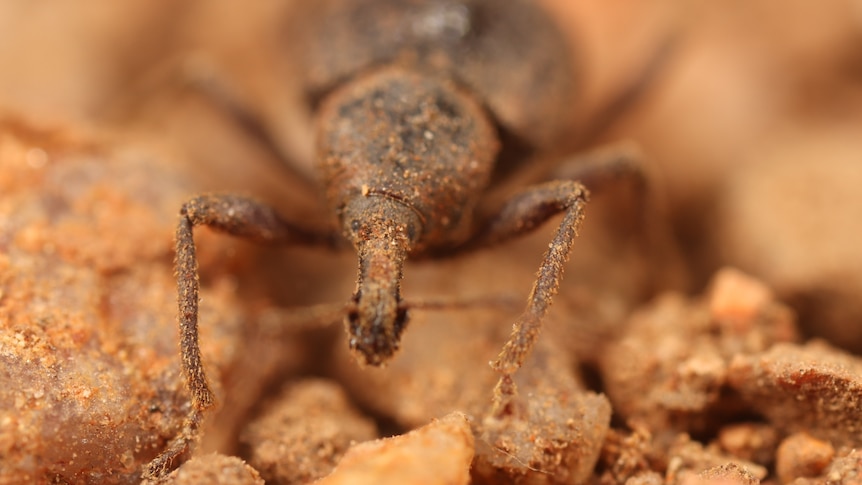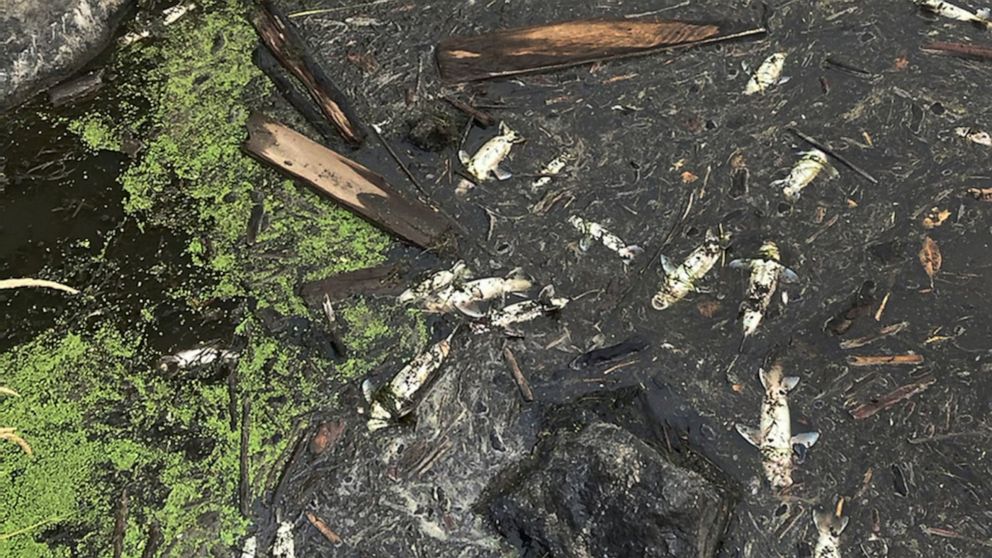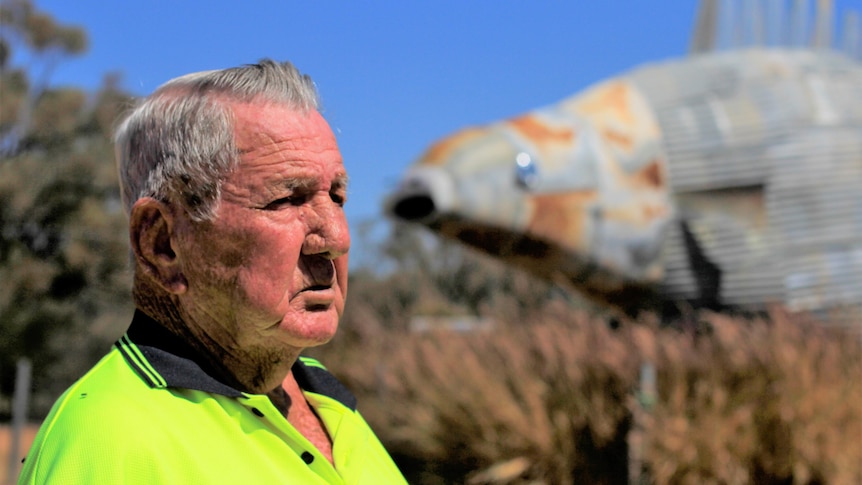Just a fraction of the 5,000 seafood species make it from the ocean to dinner plates, but experts say broadening our nets could help seafood sustainability while keeping the weekly food budget in check.
New South Wales Department of Primary Industries senior fisheries manager Luke Pearce told ABC Radio Melbourne that while carp had a bad name, the fish could find some love in the kitchen.
Carp are one of the worst introduced pests in Australia and have negative impacts on water quality and biodiversity, according to the Department of Agriculture, Fisheries and Forestry.
“They have such a negative impact on our environment and they’ve just caused such huge problems in our river system,” Mr Pearce said.
There was also a notion that carp made bad eating and that put people off.
“I was of the opinion for a long time but I’ve convinced a lot of people over my time to taste them,” Mr Pearce said.
“But there are a few things you’ve got to do first.”
Plating up a pest
While Mr Pearce said carp could survive in some pretty unappealing environments, like in the water at a sewerage treatment plant, a good rule of thumb was that if you’d eat any other fish from the water source, carp would also be safe to consume .
“So if you’d eat a trout or a golden perch or a cod from the same waterway, then a carp would be fine to eat from it,” he said.
Mr Pearce said tackling the fish’s flavor was also something to keep in mind.
When under stress, carp produces histamines which create an odor and its distinctive muddy taste.
“The quicker you can get that fish on ice, the less likely the muddy taste will be present,” he said.
Slippery mucus on the fish’s body also tarnished carp’s eating reputation, but Mr Pearce said the solution was skinning.
“Once you skin your fish, that mucus is gone and you’ve got a really nice clean, fresh and tasty fillet of fish that you can do a bunch of things with,” he said.
cook vs cull
A $15.2 million carp control plan is being developed with the aim of slashing numbers of the invasive species using a herpes virus, but Mr Pearce said there was still a push for people to see the fish as a protein alternative.
“Carp are being turned into fertilizer … but they’re consuming all these resources that take away from our native fish and the more we can take out the better,” he said.
How about eels?
Co-founder of the Lake Bolac Eel Festival Neil Murray lives on Jupagalk Country in south-west Victoria and has been participating in an annual eel harvest for almost two decades.
Mr Murry said First Nations people would gather in the late summer at Lake Bolac as the eels began their annual migration to the sea to spawn, known as kuyang season.
“The eel was the most-favored fish by First Nations people,” he said.
“It’s highly nutritious, very abundant and it’s easy to catch.”
Mr Murry said while the industry was still fairly lucrative, most of the catch was frozen for export.
“I just prefer it freshly grilled over coals and I usually cut it into sections about four-inches long and let the oil drip out of it,” he said.
“I think initially a lot of people were put off it because it’s a slimy, squirmy thing that looks like a snake, but when you’re brought up in the area like I was, it was a part of our diet.”
different not more
University of Melbourne marine and fisheries ecologist John Ford said of the species that fishers caught, only a few made it to the retail giants.
“The fish you see on the supermarket shelves, the ones that are already in demand, are only going to get more expensive,” Dr Ford said.
“The ocean can’t give us any more fish than it is right now and as the population grows, the demand grows.”
Dr Ford said that meant looking at eating lower-quality products, like fish meal, a product made from wild-caught fish and by-products.
But he said there was one major reason lesser-known products weren’t at the shops.
“We don’t know how to cook them, and that’s the real challenge,” he said.
Consumers would have to feel comfortable cooking an unfamiliar product.
“It requires someone to be bold and put these products on the shelf and to educate people,” Dr Ford said.
He said while Australia’s supermarket duopoly would make a shake-up a challenge, future collaboration with peak fishing bodies could shore up seafood’s future.
.
